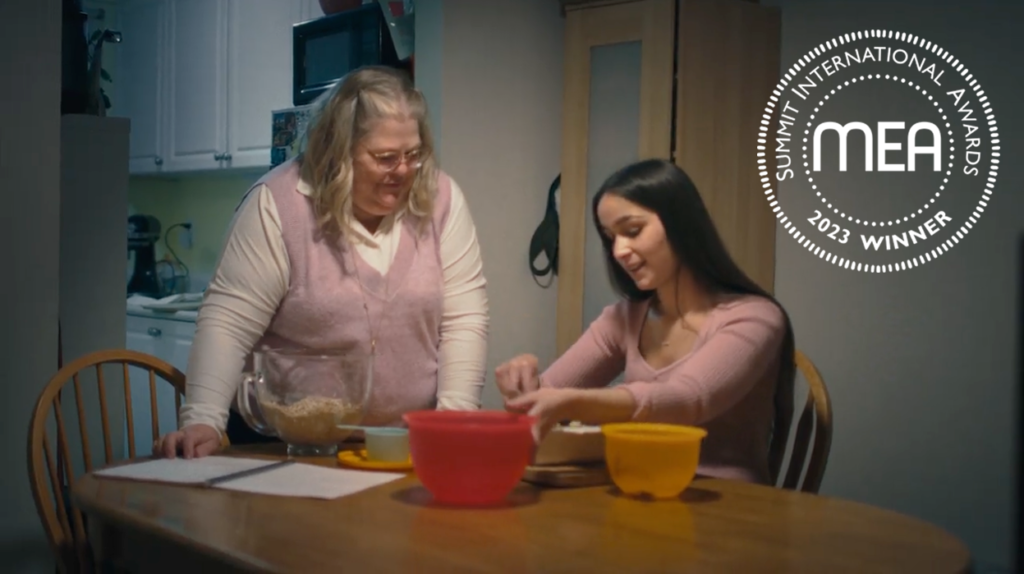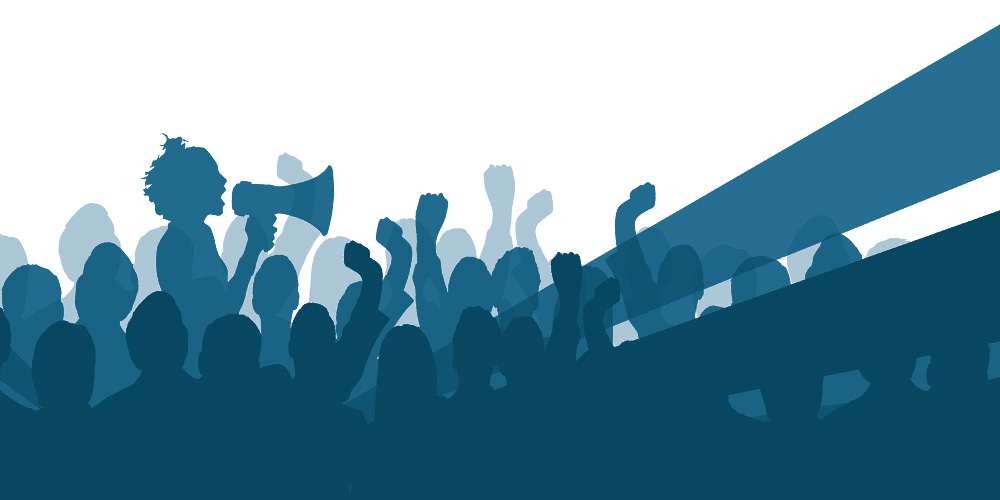14 million impressions. 3,300 digital screens. And the biggest one-day campaign we’ve ever run.
Our media team’s first-of-its-kind interactive outdoor ad campaign for the Elementary Teachers’ Federation of Ontario has just been awarded Best International Use of Outdoor Advertising and Best Canadian Use of Outdoor Advertising at the 2024 Reed Awards. And we couldn’t be prouder to help celebrate teachers and educators in a brand new way.

It all started last fall as ETFO, Canada’s largest teachers’ union, faced a challenging round of bargaining. After years of cuts to classroom supports, the government was working to drive a division between the union, teachers, and parents. And ETFO needed to tell the real story: Parents and teachers are on the same side, working together to build better schools and focused on doing what’s right for our kids.
How best to deliver that message? Make it personal.
To remind millions of people of the incredible impact that teachers have in our lives, we invited the public to Thank a Teacher for the difference that educators are making—and get the chance to see their message on public billboards and digital ad screens across the province.
It was a brand new way to give people the unique opportunity to get involved and pay tribute to the contributions that teachers have made in all of our lives. We advertised the campaign across social platforms, programmatic digital, and through ETFO’s robust email program. And the response was overwhelming.
On October 5th—World Teachers’ Day—the campaign went live on thousands of digital billboards and screens. From highway signs on the 401 to screens in theatres, gyms, elevators, and even gas stations, the one-day campaign delivered 14.3 million digital impressions. Watch this highlight reel on our Instagram page.

Plus, here’s the best part. We kept the campaign local, ensuring that messages of thanks appeared to parents and educators at schools in their own communities. And our campaign showed overwhelming support for educators in every region, with local messages of thanks appearing in every one of the province’s school boards—from real people to real teachers.
Bold, personal, and public. This campaign showcased the deep sense of connection and appreciation that parents feel towards educators. And the show of public support—in every corner of the province—helped encourage the government to focus on bargaining.
We’re delighted that this innovative campaign has now been recognized with two awards at the 2024 Reed Awards, honouring the best in campaigns and public issue advertising from across the US and internationally.
Want to explore how a smart out-of-home strategy can work for your next ad campaign? Give us a call, or send us an email. We’re ready to help.








